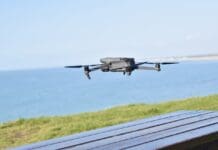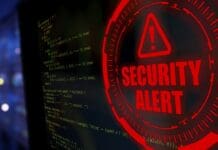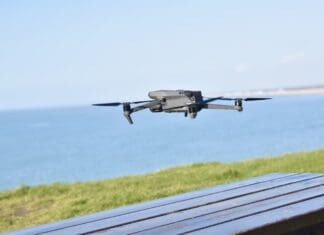This post is also available in:
 עברית (Hebrew)
עברית (Hebrew)
While many UAVs rely on ground-based connectivity solutions, they often operate beyond line of sight of point to point digital data links and out of coverage of ground networks. Many of these airframes are compromised by connectivity shortcomings. This situation is about to change.
Satellite connectivity supporting UAV ‘beyond line of sight’ applications will soon include predictive maintenance in hard to reach spaces.
Global mobile satellite service Inmarsat has unveiled its ‘UAV Pop-up lab’ designed to work with commercial drone companies in demonstrating the role of L-band connectivity in delivering real-time UAV control for long range missions worldwide.
According to offshoremag.com, applications include search and rescue, ground-mapping, forest firefighting and vaccine drops. “The UAV Pop-up lab program seeks to explore the full scope of benefits available using satellite communication in the commercial UAV market,” says Jordan Picard, Digital Incubation Lead, Inmarsat Product Group.
Inmarsat and its partners believe the use of UAVs will provide a decisive advantage for those operating in remote parts of the globe that will be immediately recognizable. Within the Pop-up lab initiative, UAVs use Cobham’s lightweight but resilient AVIATOR 200 terminal to communicate in ‘beyond line of sight’ (BLOS) missions via Inmarsat’s global network, where L-band is especially robust for remote area operations.
Picard adds that the UAVs are delivering high quality data for specialist analysis in real time and that inspections can be reviewed by competent personnel, yielding integrity assessments for areas of concern, while captured images can be subjected to closer inspection.
“In a nutshell, we’re learning that UAVs deliver real value when it comes to obtaining critical data in hard-to-reach places where terrestrial networks are spotty,” Picard says. “This can mean the difference between life and death for emergency response, and of course there is a straightforward safety gain when inspectors are not exposed to high risk activities.

























